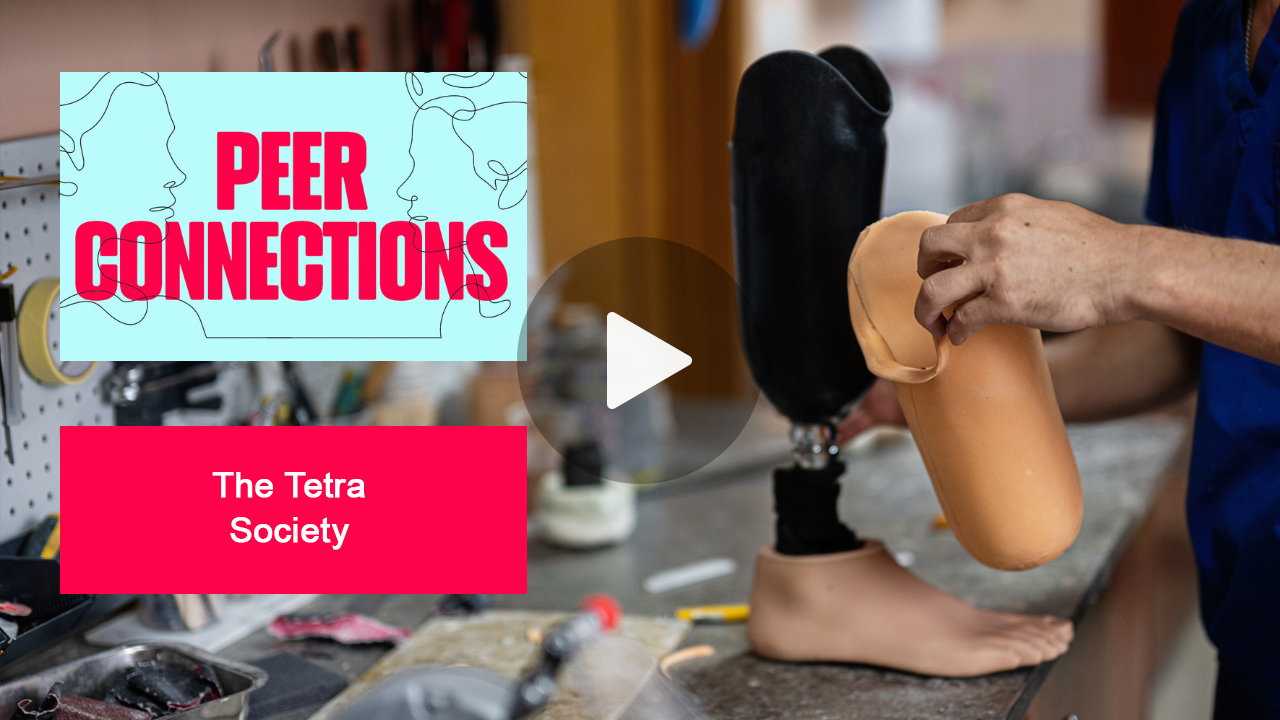Today’s video is about adaptive equipment for spinal cord injury, featuring assistive devices for weak hands and fine motor skills. Nadine walks us through another video where she uses adaptive equipment that help her get dressed.
A spinal cord injury can result in a life-changing situation for a person. A lot of the daily tasks, such as cooking, cleaning and getting dressed, can be extremely difficult for those living with a spinal cord injury. However, many people with spinal cord injuries have found ways to use household adaptive equipment to make their lives easier. Many different types of household adaptive equipment exist out there that can help individuals with the everyday activities that they used to do before their injury or accident. In this video, you will learn about some of the household adaptive equipment that people with spinal cord injuries may find helpful in making their lives easier.
Some adaptive equipment can be expensive take a lot of time and effort to set up. However, there are some devices that can help with household tasks such as cooking, cleaning and getting dressed that are simple, practical and affordable. Adaptive equipment for people with disabilities is important because it helps people regain their independence back so they can live more comfortably again.
Assistive devices are developed with the aim of facilitating the lives of people with spinal cord injuries. These devices can help in their day-to-day activities like eating, dressing, and mobility. The devices are designed in such a way that they can be operated by people with limited fine motor skills. People who have lost their sense of touch rely on these devices to guide them in performing daily tasks.
In order to maintain a healthy lifestyle after spinal cord injury, it is essential to implement therapeutic interventions that target all aspects of life. These can include assistive devices for spinal cord injury for people with weak hands and limited fine motor skills. If you enjoyed today’s video about adaptive equipment for spinal cord injury, featuring assistive devices for weak hands and fine motor skills, please remember to like, share, subscribe and leave a comment if you have any questions, suggestions or feedback. We hope to see you here again soon!





